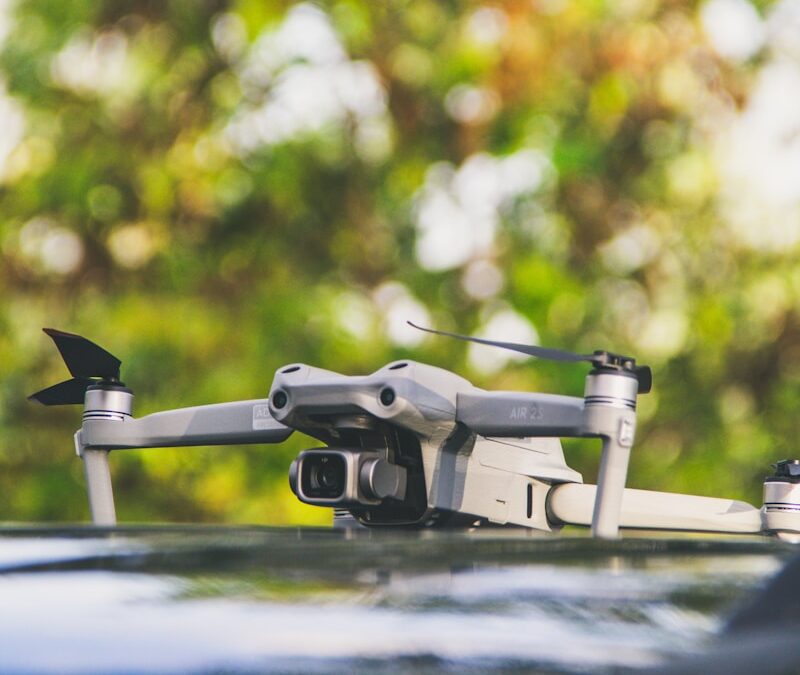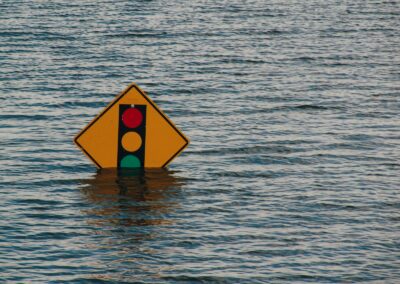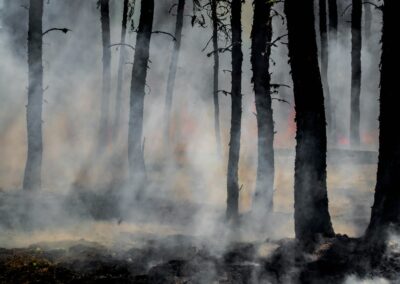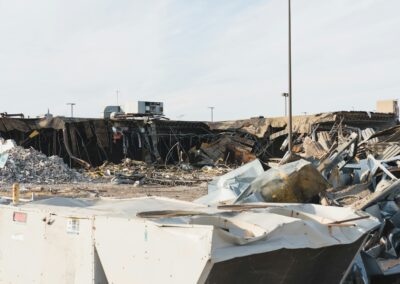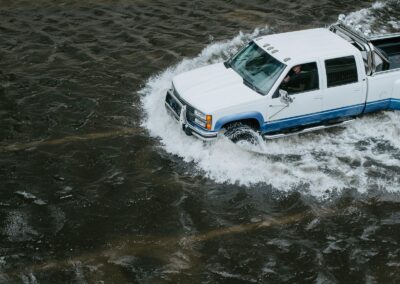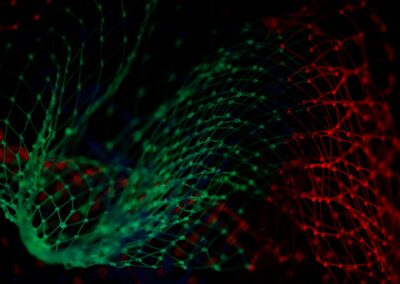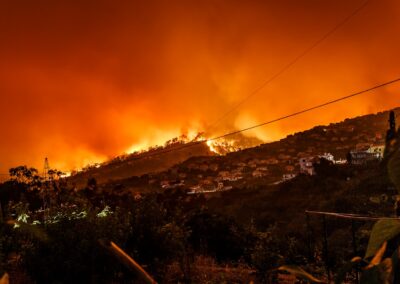The Future of Aerial Reconnaissance and Damage Assessment
Introduction to Drones in Disaster Recovery
The deployment of drones in disaster recovery has revolutionized how emergency responders assess and manage disaster-stricken areas. In regions like Saudi Arabia and the UAE, where the rapid development of modern technology is prioritized, the integration of drones and unmanned aerial vehicles (UAVs) into disaster management strategies is proving to be transformative. These high-tech tools offer valuable aerial reconnaissance and damage assessment capabilities, making them indispensable in modern disaster recovery efforts.
Drones equipped with advanced sensors and cameras can quickly survey vast areas, providing real-time data that is crucial for efficient disaster management. This technology enables emergency teams to assess damage accurately, identify critical areas that need immediate attention, and allocate resources more effectively. The ability to gain a comprehensive aerial view without the constraints of ground-based obstacles enhances the speed and accuracy of disaster response, which is particularly vital in densely populated urban areas such as Riyadh and Dubai.
Moreover, the use of drones in disaster recovery is not just about efficiency; it’s about safety. By deploying UAVs, emergency teams can avoid entering hazardous areas, thereby reducing the risk to human life. This approach ensures that the initial assessments and ongoing monitoring are conducted without compromising the safety of the personnel involved. The combination of advanced technology and strategic application underscores the significant impact that drones are having on disaster recovery efforts in the Middle East and beyond.
Advanced Capabilities of UAVs in Emergency Management
The advanced capabilities of UAVs extend far beyond simple aerial photography. Modern drones are equipped with a variety of sensors, including thermal imaging, LiDAR, and multispectral cameras, which provide detailed and diverse data sets. These technologies enable drones to perform a range of functions, from detecting heat signatures of survivors to mapping out the structural integrity of buildings. This comprehensive data collection is crucial for formulating effective disaster response strategies.
In the context of Saudi Arabia and the UAE, the integration of AI with UAV technology has further enhanced the effectiveness of disaster recovery efforts. AI algorithms can process the vast amounts of data collected by drones, identifying patterns and insights that may not be immediately apparent to human analysts. For instance, AI can analyze thermal images to pinpoint areas with the highest likelihood of survivors, or it can use machine learning to predict potential structural failures. These insights enable a more proactive and informed approach to disaster management.
Blockchain technology also plays a role in enhancing the utility of drones in disaster recovery. By leveraging blockchain, the data collected by UAVs can be securely stored and shared among authorized personnel, ensuring the integrity and accessibility of critical information. This is particularly important in high-stakes environments where the accuracy and reliability of data can significantly influence the outcome of recovery efforts. The combination of drones, AI, and blockchain represents a cutting-edge approach to disaster management that is setting new standards in the field.
Leadership and Management Skills in Drone Deployment
Effective leadership and management skills are essential for the successful deployment of drones in disaster recovery. Leaders must be adept at coordinating diverse teams, making quick decisions, and adapting to rapidly changing situations. In regions like Riyadh and Dubai, where the complexity and scale of disaster response can be immense, strong leadership is crucial for ensuring that drone operations are carried out efficiently and effectively.
Training programs that focus on developing these leadership skills are vital. These programs should cover not only the technical aspects of drone operation but also the strategic and logistical challenges of disaster management. Leaders must understand how to integrate UAVs into broader emergency response plans, coordinate with other teams and agencies, and manage the flow of information. By fostering a comprehensive understanding of both technology and strategy, these training programs can enhance the overall effectiveness of disaster recovery efforts.
Furthermore, project management skills are also critical in this context. Managing a disaster recovery project involves coordinating numerous tasks, resources, and personnel. Leaders must be able to plan and execute complex operations, often under significant time pressure. Effective project management ensures that all aspects of the recovery effort are aligned and that resources are used efficiently. In the dynamic and high-pressure environment of disaster recovery, these skills can make the difference between success and failure.
Conclusion
In conclusion, the integration of drones and UAVs into disaster recovery represents a significant advancement in emergency management. These technologies offer unparalleled capabilities in aerial reconnaissance and damage assessment, providing valuable data that enhances the efficiency and effectiveness of disaster response. The adoption of drones in regions like Saudi Arabia and the UAE underscores the commitment to leveraging modern technology to improve disaster management strategies.
By combining advanced sensor technology, AI, and blockchain, drones can deliver comprehensive and reliable data, facilitating informed decision-making in high-stakes situations. Additionally, the emphasis on leadership and project management skills ensures that these technologies are deployed effectively, maximizing their potential impact. As the technology continues to evolve, the role of drones in disaster recovery will only become more critical, setting new benchmarks for what is possible in emergency management.
Ultimately, the successful integration of drones into disaster recovery efforts requires a holistic approach that combines technical expertise, strategic planning, and strong leadership. By continuing to invest in these areas, organizations can enhance their disaster response capabilities, ensuring that they are prepared to meet the challenges of the future. The future of disaster recovery is here, and it is being shaped by the innovative use of drones and modern technology.
—
#DronesInDisasterRecovery, #UAVs, #AerialReconnaissance, #DamageAssessment, #AIinDisasterManagement, #Blockchain, #LeadershipSkills, #ProjectManagement, #SaudiArabia, #UAE

